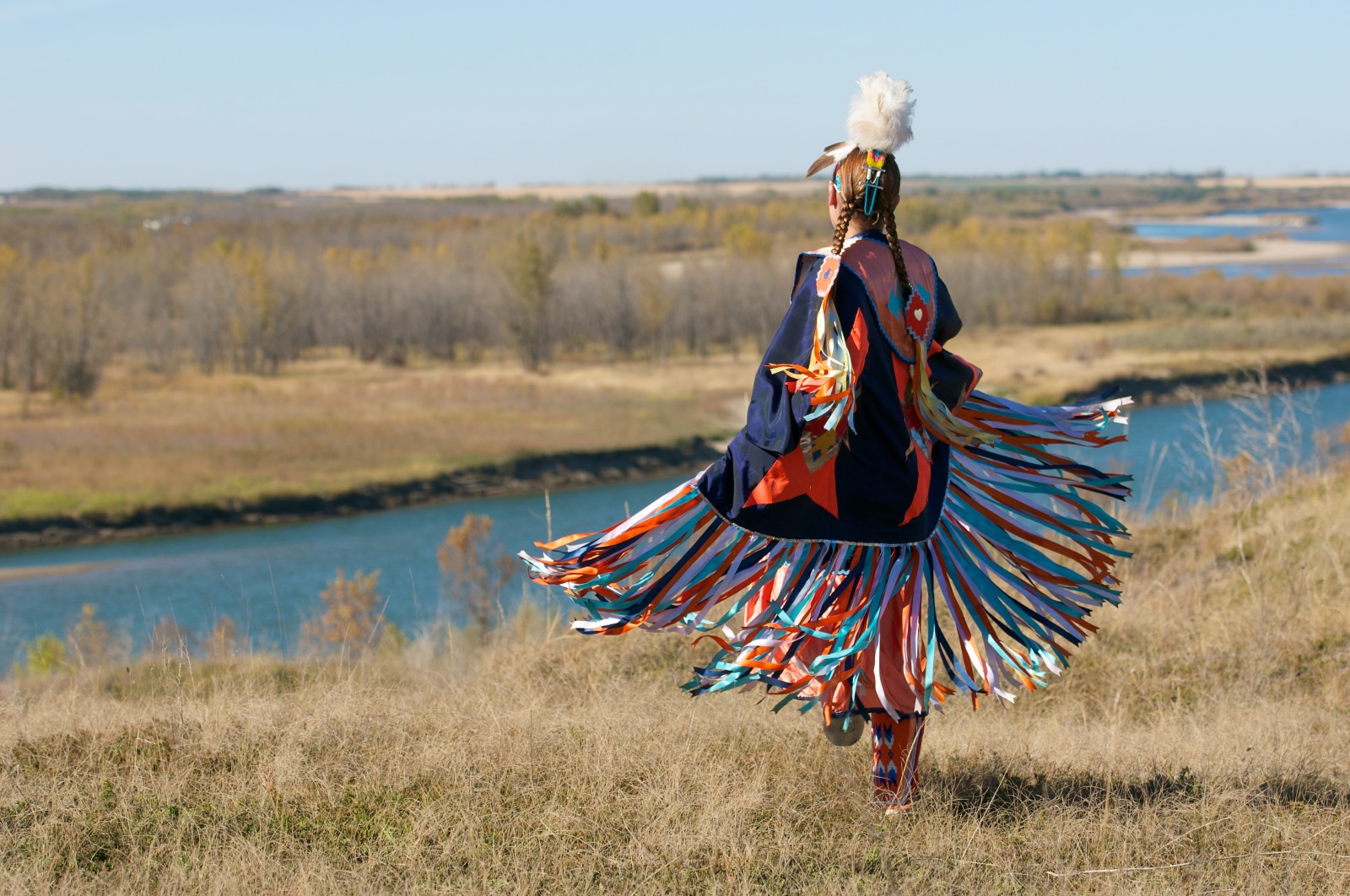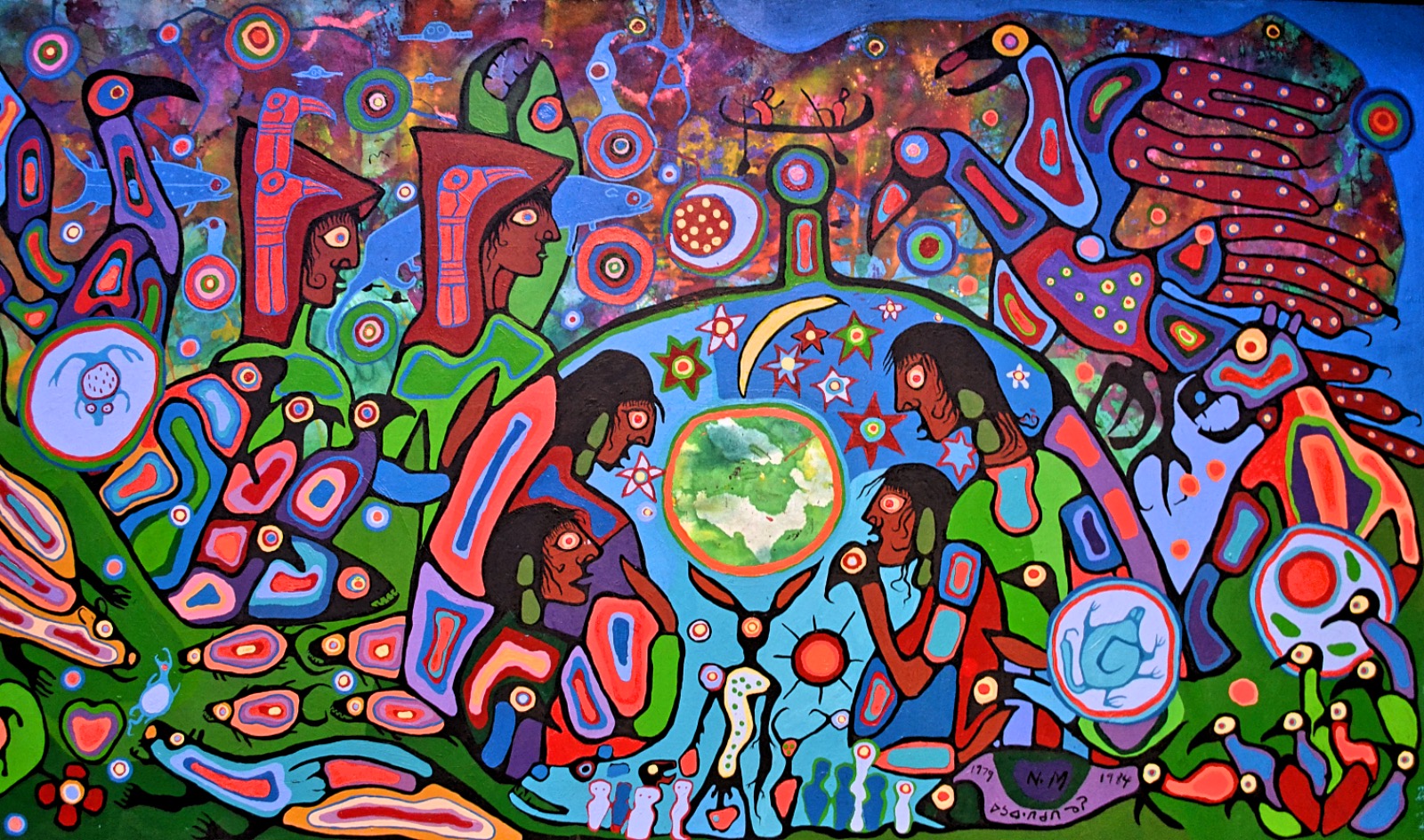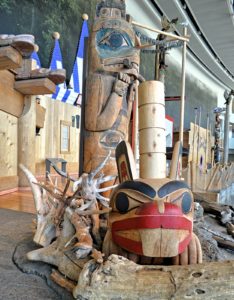
Canada’s Indigenous Peoples
What does Indigenous mean? It means originating or occurring naturally in a particular place; native.
The Indigenous people are the first people to be living in a place. They are the original habitants of Canada, before the European settlers came to the Canadian shores. They have lived in Canada for over 12,000 years, long before the country was even called “Canada”. Around 1.4 million people identify as indigenous in Canada today.
In Canada, there are three main groups of Indigenous people: the First Nations, the Métis, and the Inuit.

The First Nations is the largest group and they are found all over Canada. The First Nations alone include over 50+ different nations.
The Métis are the newest and smaller but are the descendants of the First Nations people fixed with the European settlers, whom are also found all over Canada.
The Inuit are the Indigenous peoples of the arctic, and they are found in Northern Canada.
What you might not be aware of is that most Indigenous people would rather be called by the title of their Nation. Example: Algonquin, Cree, Haida, Mohawk; But if you don’t know what nation someone is, it’s better to use the word “Indigenous”.
What about the word “Aboriginal”, do we even still use that term? The short answer is No. It’s still out there, but it is being replaced by the word “Indigenous”.
What is really interesting is that each nation has their own culture with their own languages, laws, and spiritual beliefs. There cultures still have a massive impact on Canada today. Such as, Canoes, kayaks, snowshoeing, lawn darts, and tobogganing.
The country’s name “Canada”, comes from the Saint Lawrence Iroquois – First Nations word: “Kanata”, meaning village or settlement.

The First Peoples
They include Inuit, First Nations, and Métis. Together, they have often been called Native. Now they are more often known collectively as Indigenous.
It has been hard to find an acceptable common name because they are, in fact, hundreds of distinct peoples. Each of these peoples has its own name, language, ancestral land and culture.
Today, they live on reserves and in hamlets, towns and cities across Canada. They are connected with one another by survival instincts as “Aboriginal” for over 500 years. They also maintain their connection with their land, and strive to keep their languages alive and their cultures vital in the modern world.

“Our stories were us, what we knew, where we came from and where we were going. They were told to remind us of our responsibility, to instruct, and to entertain. There were stories of the Creation, our travels, our laws. There new legends of hard-fought battles, funny anecdotes – some from the smokehouse, some from the trickster – and there were scary stories to remind us of the danger, spiritual and otherwise. Stories were our life and they still are.” – Larry Hill, Seneca
The Bison

Bisons and Caribou remain central to the world-views and cultures of many First Peoples. Caribou hunting continues to be the mainstay of many Northern communities. However, economies based on bison hunting collapsed with the almost complete destruction of the herds in the late 1800’s. Despite this, the bison remains an important symbol of Indigenous identity. Today, the image of the bison is often found as a decorative feature on clothes, blankets, emblems and various accessories.
From an estimated population of 15 million bisons in 1865, the herds were reduced to only a few hundreds within 25 years. This destroyed the communal hunting practices that the bison had supported for more than 10, 000 years.
Arrival of Europeans in Canada
Indigenous people first discovered European visitors on the shores of the Atlantic Ocean nearly 1,000 years ago. Since then, first meetings between Aboriginal people and Europeans have happened at different times, in different regions of the continent. They are commemorated in objects inscriptions on stone, community histories and travellers’ logs.
Indigenous and European people saw one another for the first time from entirely different cultural viewpoints. But they found common ground in the exchange of goods and greetings, in hospitality and the minor transactions of everyday life.
Trade Alliances
In the early years, Indigenous people and Europeans who traded with one another often entered into formal political alliances. In some regions they confirmed these alliances with speeches, gifts, and the smoking of a pipe according to the Aboriginal customs. Marriages were arranged between Europeans traders and women from important Indigenous families. Indigenous allies of Europeans often settled near trading posts. In some areas, these Indigenous allies came to be called the “Homeguard”.
National Indigenous Peoples Day
National Indigenous Peoples Day, which begun in 1996, will be celebrated for the 25th time on June 21, 2021. It was previously known as National Aboriginal Day, and it is an official day in Canada to honour the culture and contributions of Canada’s First Nations, Inuit, and Métis peoples.

Every year, National Indigenous Peoples Day celebrates Indigenous culture and beliefs and continuing the efforts of reconciliation. It is important to honour Indigenous people today in order to celebrate the work that is being done to change the collective future and narrative.
It is a day to honour and reflect on the past. There has always been a focus on the inequalities and racism faced by Indigenous people every day. During this time, it is best to make ammends for the mistakes that were made by many Canadians.
It is also an opportunity to recognize and thank the services of Indigenous people and remember the courage of the thousands of Indigenous veterans who have helped in Canadian conflicts.
What non-Indigenous Canadians can do to help?
Most people try to think of solutions, but the best way to help is just to listen. The more you are educated about this subject, the better understanding you will possess. You cannot help until you understand the history.
Doing more research will also help Canadians understand the past of Indigenous Peoples and to connect with their beliefs.
. . .



